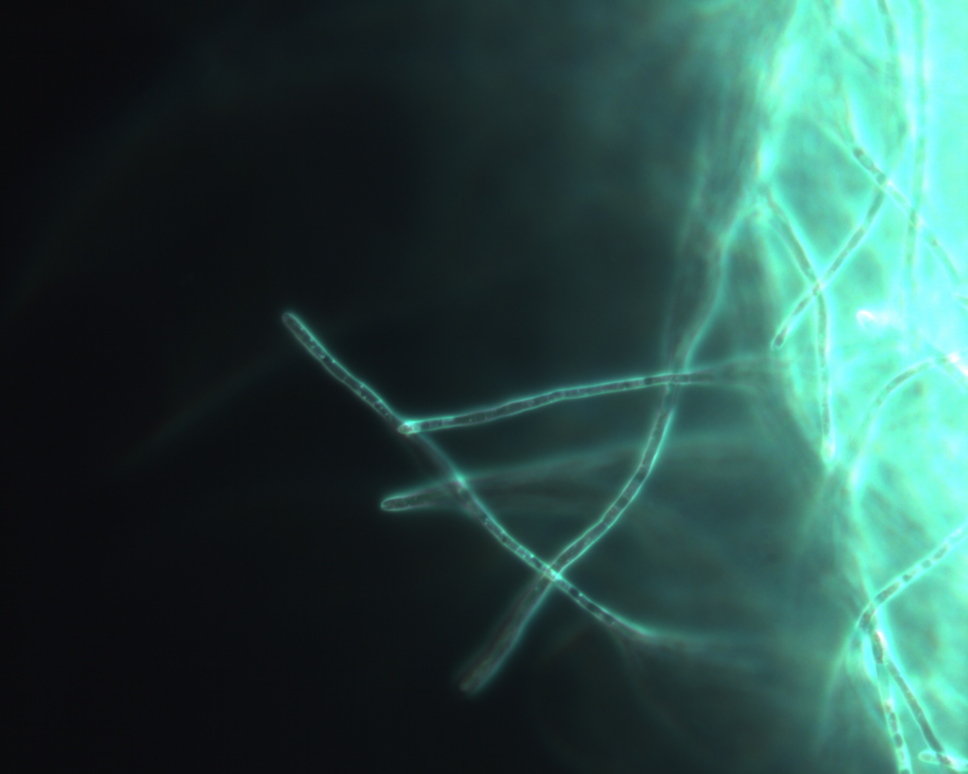
Division is repeated subtraction while counting your lever pulls and watching the register for underflows, which is a pain to do, and to demo on this type of adding machine.
Multiplication is repeated addition, shifting left for each digit in the multiplier, like other lever adding machines. By pressing down the repeat key the keys stay depressed after you pull the lever so you press the Correction key to release them and shift left. Here is 12 x 12.
You can hold down the subtotal button and pull the lever to print the current total without clearing the register, or you can hold down total to clear the register and print the total. This design is nice in that you can do it all one-handed.
This machine does have one fancy feature: a subtraction button! Instead of the complements method, you can just enter the subtrahend, hit the subtract key and pull the lever. Subtraction prints in red ink! Here I perform 31342 - 42 slowly so you can watch the counter.
Back to the Model 75. To add, enter the first number in the keyboard and pull the lever to add it to the register and print on the paper tape. Then enter the second number and pull the lever again.
It wasn't until the 1950s that trends changed and popular office machines started having green and grey hues, like this early 1950s NCR 11-EN. One big exception was the Comptometer, which kept its brown tones until the 50s when it too shifted to the green/grey aesthetic.
The Burroughs Class 3 I showed earlier in the thread is an example of rebranding a machine originally made by the Pike company. But when 90% of a market looks a certain way, competitors (like this Monroe Model G from 1918) mimic the design. So even in 1946 RC Allen followed suit.
At one point Burroughs controlled about 90% of the adding machine market. It accomplished this like companies today: it bought up its competitors and rebranded their products. That meant painting them black, and instead of felt, they just painted the spot under the keys green.
The Burroughs Class 1 was the first adding machine Burroughs sold starting at the end of the 19th century. It was the Cadillac of adding machines and featured a shiny black case, beveled glass on the sides to show off the mechanism, and actual green felt under the keyboard.
This machine looks and functions largely the same as Burroughs adding machines 30-40 years older. Have you noticed how many machines I've featured (like this Burroughs Class 3) have a black case, and a keyboard with white and black keys on a green background? My theory for why:
I wrote about this a few months back, and likened Apple's approach to a nursing home. Some people need the extra care a nursing home provides, so it's great they are an option, but most adults don't choose to live in one. https://puri.sm/posts/the-future-of-computers-the-neighborhood-and-the-nursing-home/
If an iPhone is your home, installing an app is inviting someone in. Apple demands they approve all your visitors, doesn't trust you to do it yourself. They say it's to stop criminals but it's really to stop competitors, charge tolls from the rest. https://www.theverge.com/2021/11/3/22761724/apple-craig-federighi-ios-sideloading-web-summit-2021-european-commission-digital-markets-act
Tune in to our new episode! @katherined and @dsearls talk to @kyle about the #metaverse of #Facebook and beyond, how it may intersect with Web 3 and #blockchain, as well as #SecondLife and the verses that came before.
Visit the following link for full episode - https://www.reality2cast.com/91
...and here's the same thing using #phosh. Needs more work and polishing but just to give an idea. It works pretty well with thumb only too but that's hard to record.
I'm proud to be part of the Purism team. Changing the world for the better!
Long live the #GPL
https://puri.sm/posts/how-purism-is-pioneering-a-bright-future/
Pick a random consumer device lying around your house and imagine someone coming across it after 70 years of neglect. Part of the device no longer works. Would they be able to fix it? https://puri.sm/posts/beyond-right-to-repair/
- Personal Site
- https://kylerank.in
- Personal Bibliography
- https://kylerank.in/writing.html
Technical author, FOSS advocate, public speaker, Linux security & infrastructure geek, author of The Best of Hack and /: Linux Admin Crash Course, Linux Hardening in Hostile Networks and many other books, ex-Linux Journal columnist.
